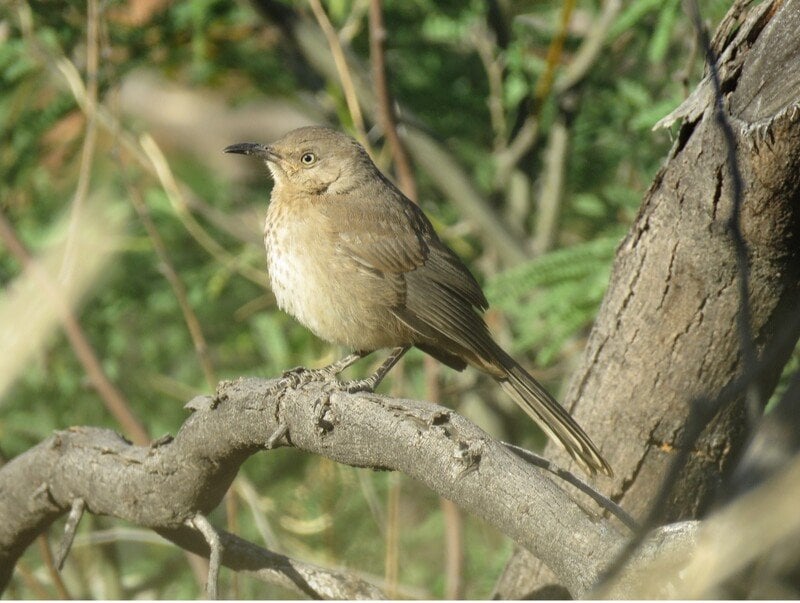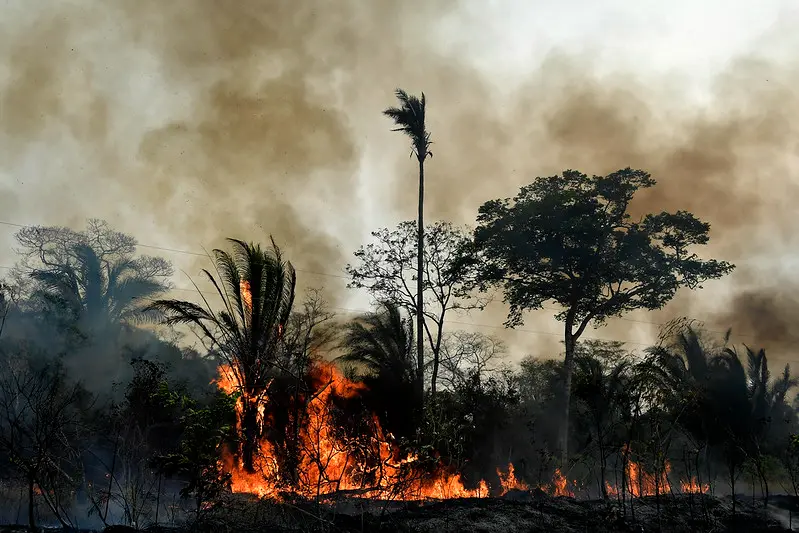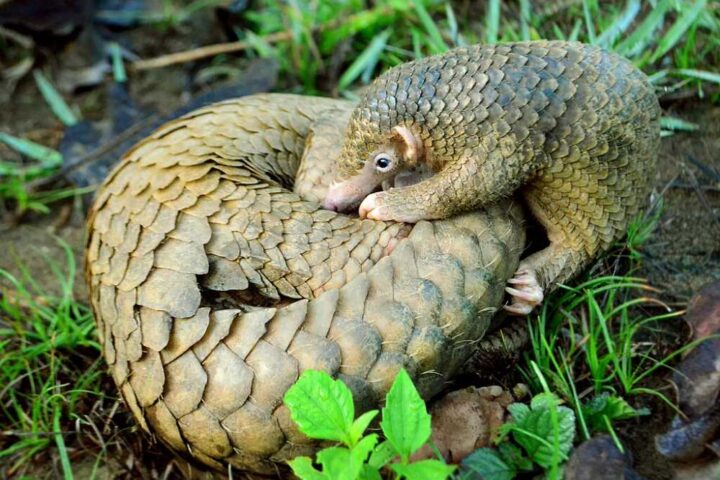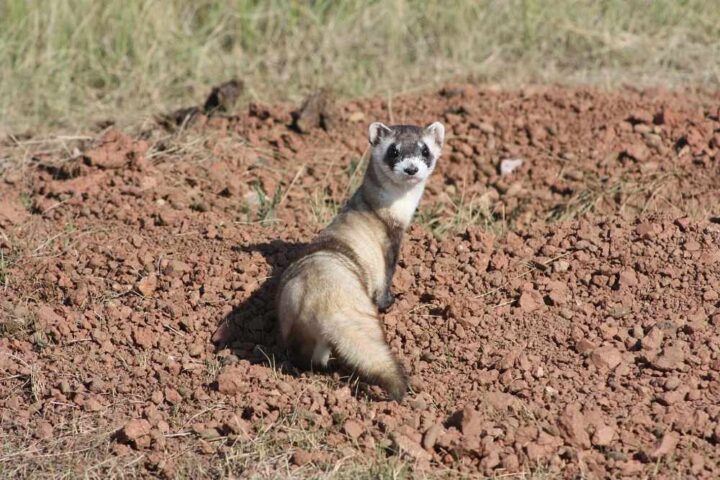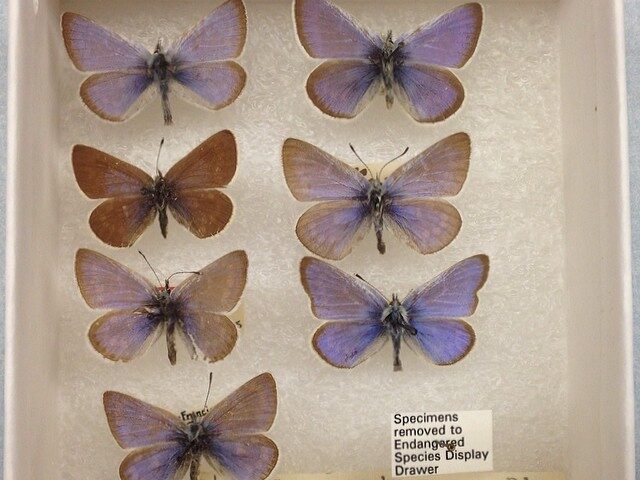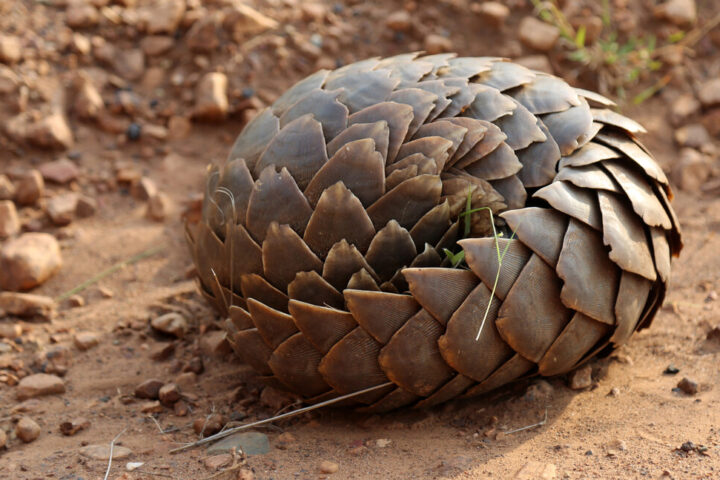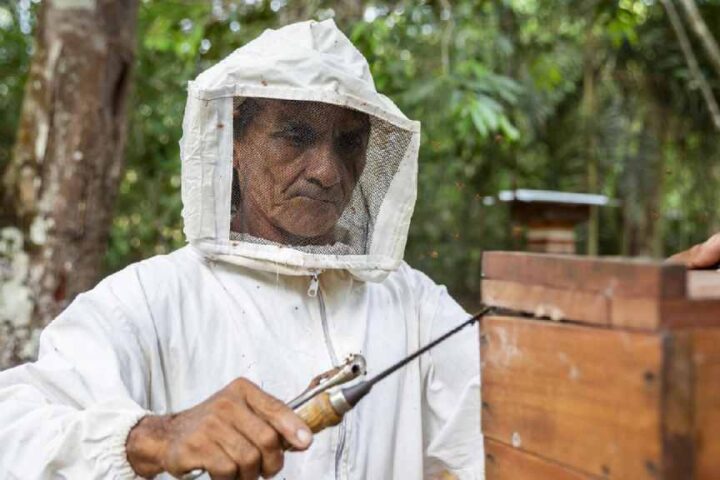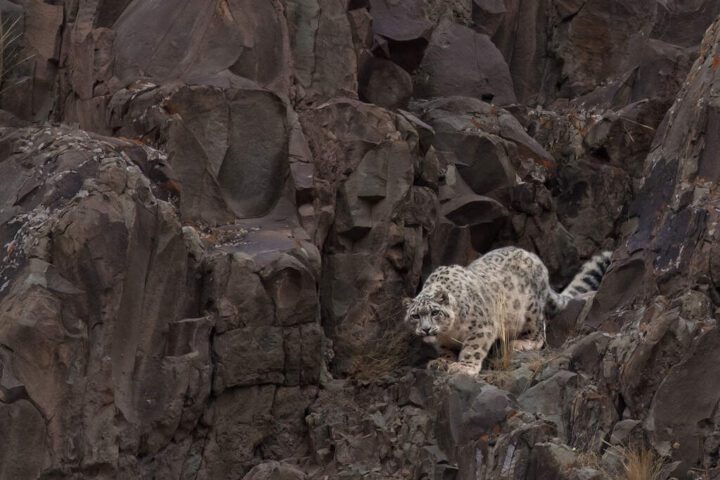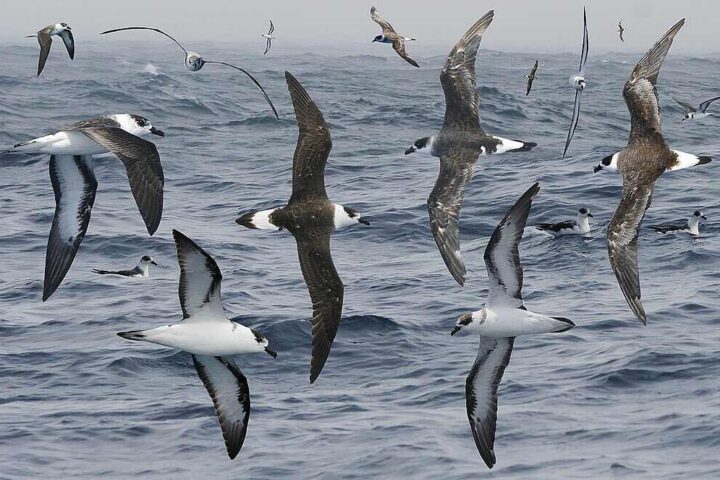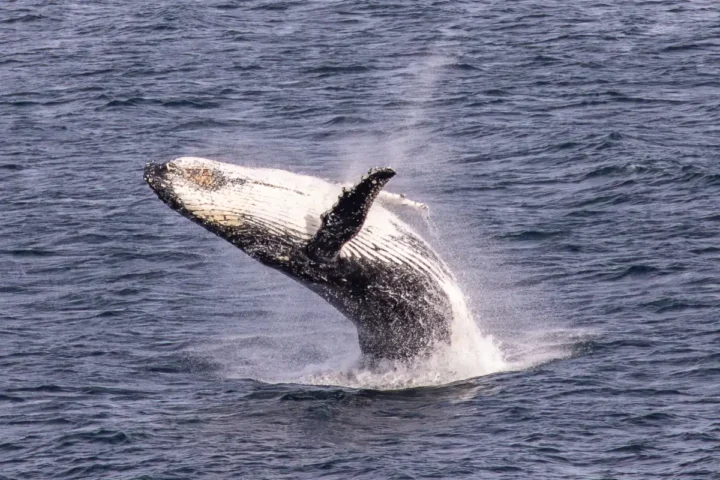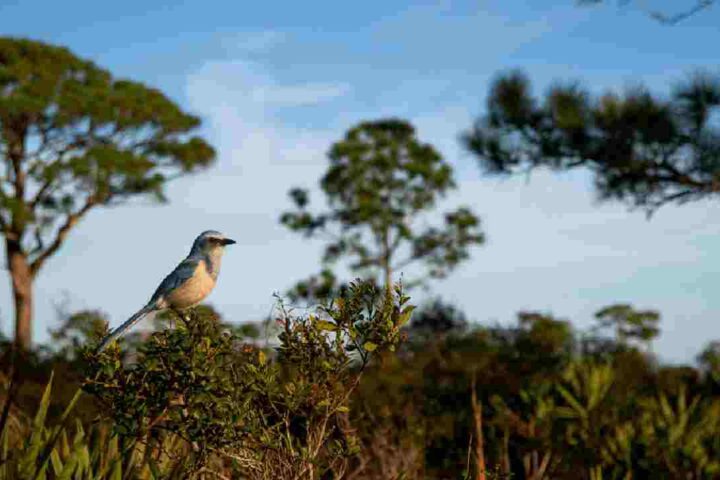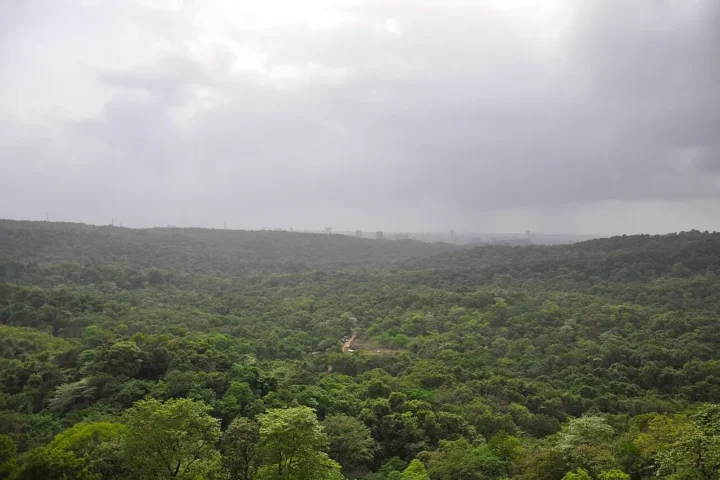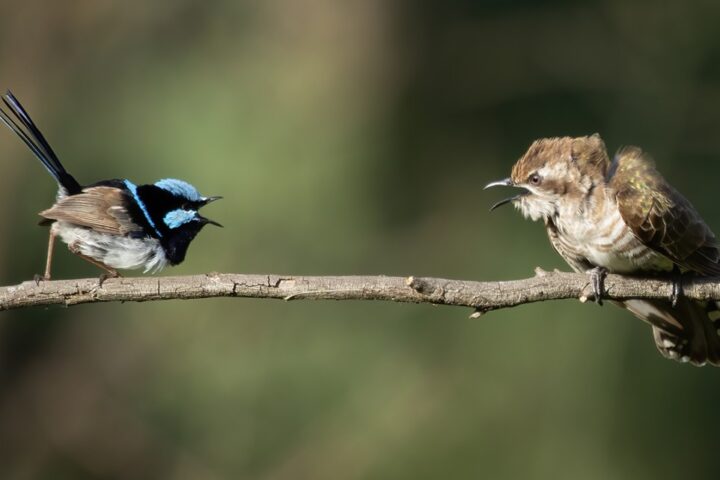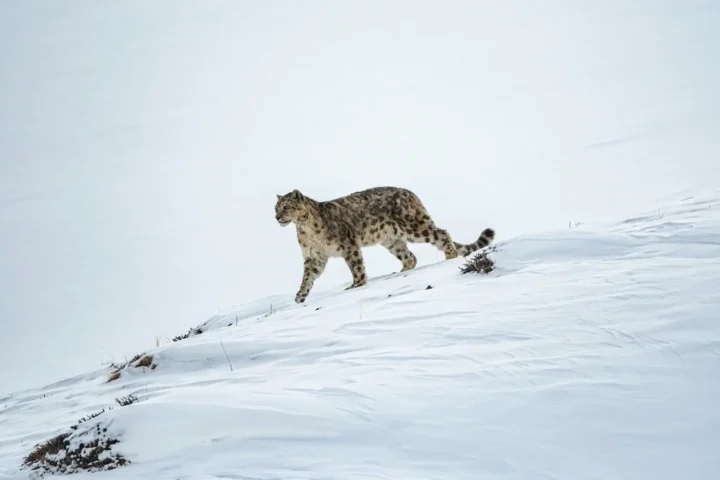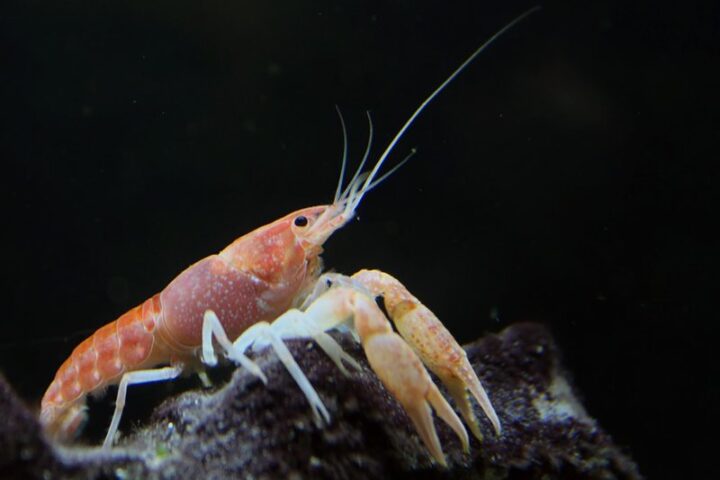A beloved desert songbird needs urgent help to survive. The Bendire’s thrasher, known for its beautiful warbling song, has lost nearly 90% of its U.S. population over the last 50 years. Now, conservation groups are taking action to save this unique bird before it’s too late.
On May 20, 2025, the Center for Biological Diversity asked the U.S. Fish and Wildlife Service to protect the Bendire’s thrasher under the Endangered Species Act. This request comes as cities expand and climate change threatens the bird’s desert home.
“Bendire’s thrashers are wonderful, secretive birds who depend on flat, sparsely vegetated areas in the desert Southwest,” says Krista Kemppinen, Ph.D., a senior scientist at the Center. “Unfortunately, rampant sprawl and climate change are destroying the birds’ habitat. Further population declines could push Bendire’s thrashers over the cliff of extinction.”
The bird made the 2025 U.S. State of the Birds report’s “Red Alert” list – one of 42 species that have lost over half their numbers in 50 years and need immediate help to survive.
Growing Cities, Shrinking Habitat
Arizona, home to about half of all Bendire’s thrashers, poses a particular challenge. Its cities are among the fastest-growing in the nation, and they tend to spread out rather than build up. This growth eats away at the natural desert where these birds live.
Take Phoenix and Tucson, for example. The counties containing these cities – Maricopa, Pima, and Pinal – expect to more than double their 2005 population by 2050. A planned 280-mile highway between Nogales and Wickenburg, Arizona (Interstate 11) would cut through areas where many thrashers live.
Similar Posts
Climate Change: Too Hot to Handle
The birds already live at the edge of what they can handle temperature-wise. As the climate gets hotter and drier, they face serious risks:
- They could get too hot and dehydrated
- Their ability to have babies might drop
- The desert plants they need might not survive
More Trouble Ahead
Other threats to the birds include:
- New data centers and warehouses taking over their habitat
- Large solar energy projects
- Wildfires made worse by invasive species
- Off-road vehicles disturbing their homes
- Mining activities
Scientists spotted these problems over ten years ago and formed a group to study and help the birds. While this work helped us understand the thrashers better, it hasn’t been enough to stop their decline.

“Thanks to collaborative research and monitoring efforts we’ve improved our understanding of where Bendire’s thrashers live, their habitat needs and the many enormous threats to the birds’ survival,” Kemppinen notes. “Unfortunately, these efforts and conservation recommendations aren’t enough to restore populations or prevent the birds’ slide to extinction. Protection under the Endangered Species Act is urgently needed.”
The U.S. Fish and Wildlife Service must now decide within 90 days if the request for protection deserves a closer look. If approved, the bird would get legal safeguards against harm to itself or its habitat, plus a recovery plan to help bring back its numbers.
